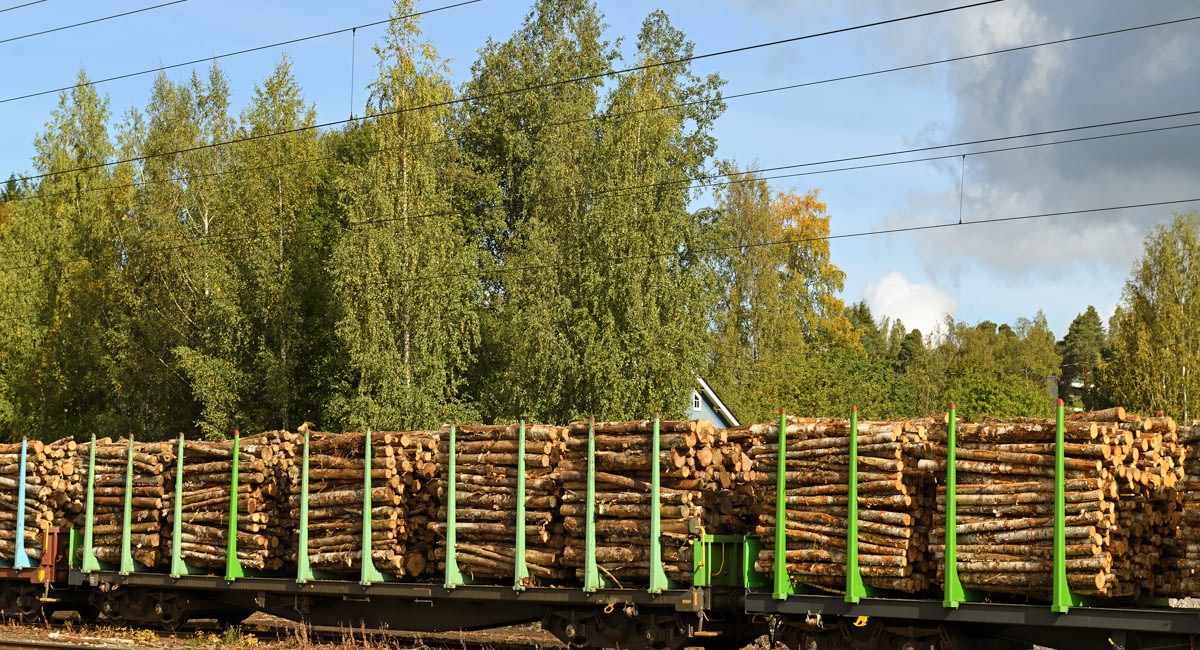
Fresh scenario calculations by the Natural Resources Institute Finland (Luke), extending to 2055, show that active and timely forest management can enhance forest growth and climate resilience. Luke’s separate study on carbon neutrality target 2035 reveals that carbon sinks are declining between the two different future scenarios, even though harvesting forecasts remain unchanged.
A study, commissioned by the Finnish Forest Industries Federation and conducted by Luke, shows that the estimates of the forest land’s carbon sink for the year 2019 differ significantly between the official greenhouse gas inventories 2021 and 2025 – in total, 17 Mt CO₂ has been lost between those inventories. Originally, the estimate, presented in 2021, was used as the basis for Finland’s carbon neutrality target 2035. Furthermore, the carbon sinks are projected to continue declining toward 2035, resulting in a total loss of 35 Mt CO₂ between two future scenarios (presented in 2021 and 2025), despite harvest levels being forecasted to stay the same. Significant differences in both, inventories of the past and future scenarios, are due to updates in calculation methods and new information on forest biomass, soil, and the impacts of climate warming.
– Luke’s carbon neutrality study shows that the recent estimations of sink reduction are not caused by increasing harvests. Over the long term, active and timely forest management is crucial. It enables us to simultaneously boost forest growth and strengthen both carbon sinks of the trees and climate resilience, says Karoliina Niemi, Director of Forest Affairs at the Finnish Forest Industries Federation.
Research Professor Jari Hynynen presented Luke’s growth and damage scenarios for forests at a Finnish Forest Industries event held at the House of Science in Helsinki.
– Active and timely forest management plays a major role in ensuring both wood availability for the forest industry and the strengthening of carbon sinks, Hynynen assessed.
Other speakers at the event included Minister of Agriculture and Forestry Sari Essayah and Professor Hubert Hasenauer from BOKU University in Austria.
Forests Must Be Actively Managed Throughout Their Lifecycle
According to Niemi, the forest industry responds to the challenges posed by climate change through multiple solutions, supported by research.
– These scenarios show the opportunities that good forest management can offer. It is time to shift from blame to action and encouragement. Forests are our country’s most important natural resource, both now and in the future, as long as we actively care for them. Economic and employment benefits from forests can go hand-in-hand with safeguarding future carbon sinks of trees.
Luke’s forest damage scenarios highlight the negative impacts that potential severe damage events could have.
– Scenarios modelling bark beetle outbreaks demonstrate the major effects that severe forest damage can have on growth and carbon sinks. Forest management actions that enhance climate resilience are essential preparation for the increasing risks of the future, Hynynen emphasized.
Climate Roadmap Update and Continued Biodiversity Work
The newly published forest growth and damage scenarios are part of the update of the forest industry’s 2020 Climate Roadmap. The roadmap brings together the sector’s latest research data and concrete action proposals for reducing emissions and increasing forest growth.
An emissions scenario for factory operations, prepared by AFRY, was previously completed as part of the roadmap update.
For the first time, new climate scenarios for logistics — from timber harvesting to sea transport — will also be included.
The full update of the Climate Roadmap will be completed in summer 2025. It will be complemented by a study conducted by VTT on the potential and bottlenecks of carbon capture and utilization, commissioned by the forest, chemical, technology, and energy industries.
According to the original Climate Roadmap, the forest industry has a disproportionately large potential in the fight against climate change.
– The update will provide us with valuable and complementary information about the current state of our industry and its possibilities to mitigate climate change. In 2023, 92% of the factory fuels used in the forest sector were renewable, so we are trailblazers in that regard as well, Niemi highlights.
Alongside the Climate Roadmap updates, the Finnish Forest Industries Federation continues to implement and develop its Biodiversity Roadmap in collaboration with partners. In addition, it is working together with the Finnish Sawmills Association on a Forest Management Water Roadmap.






